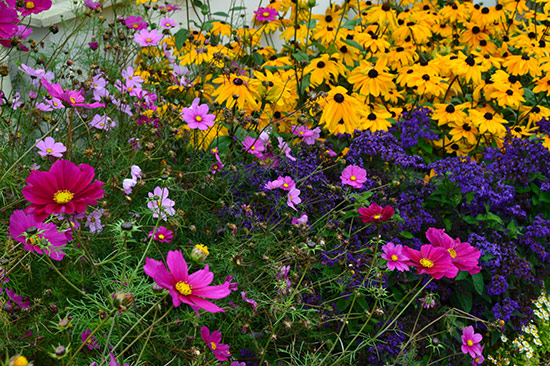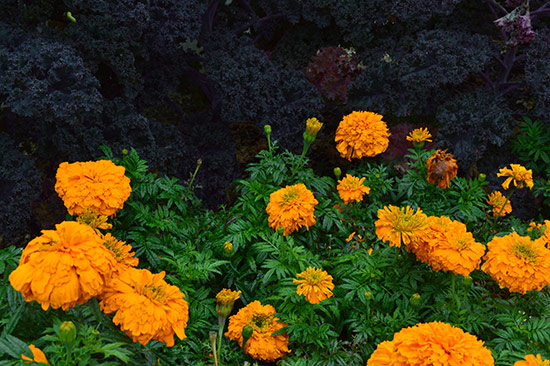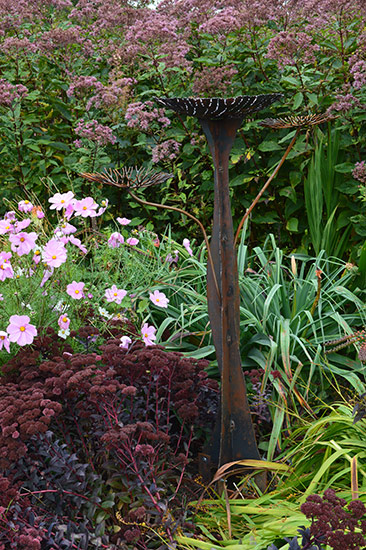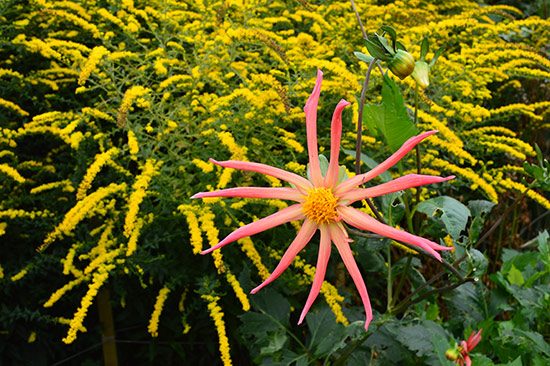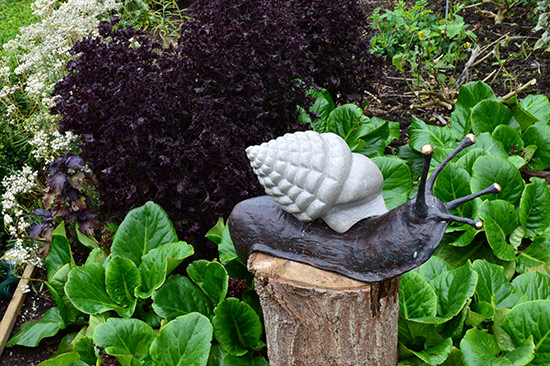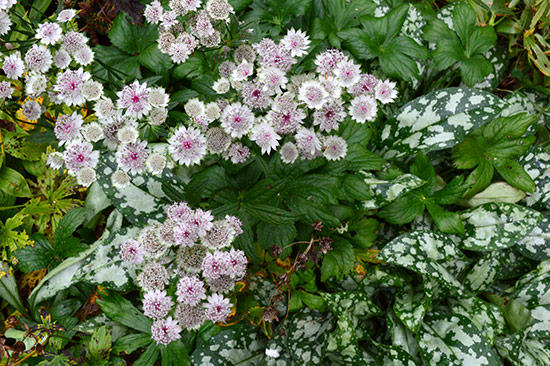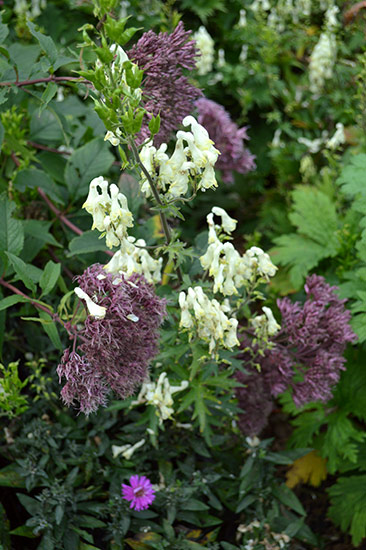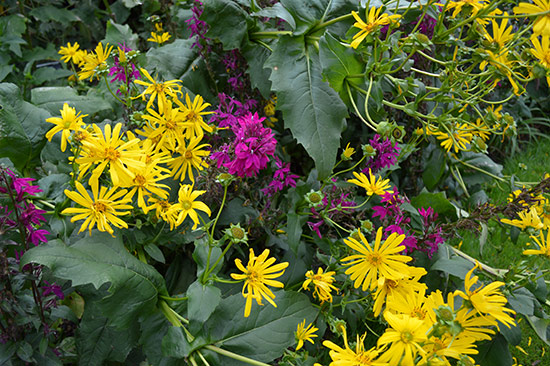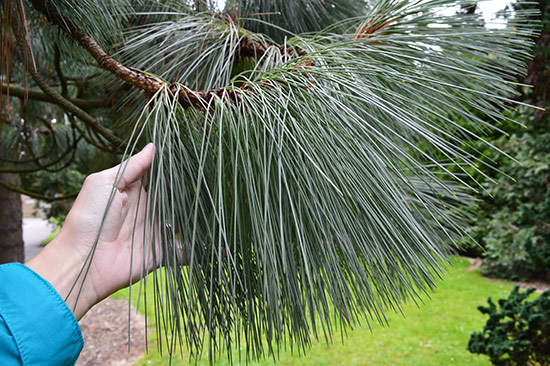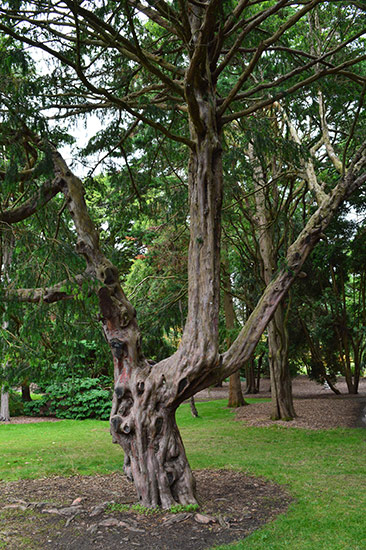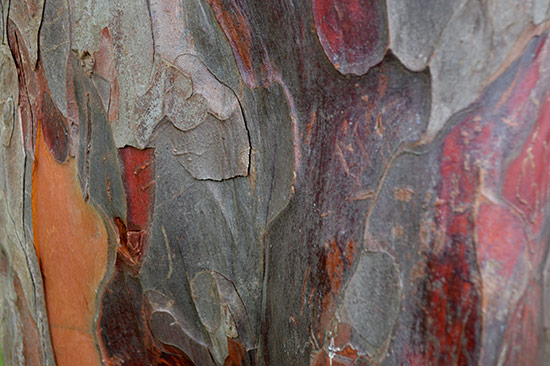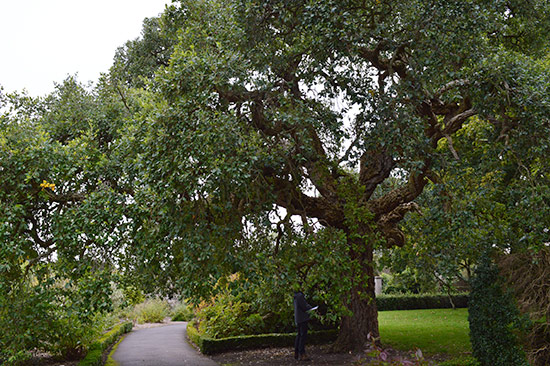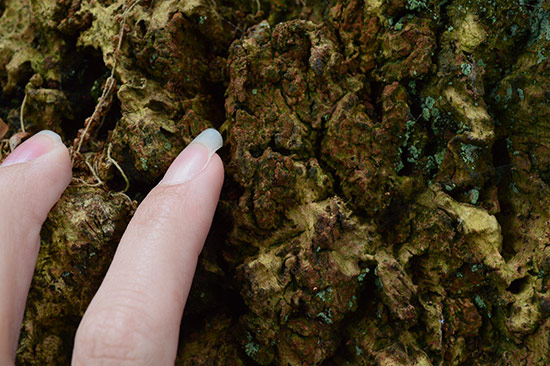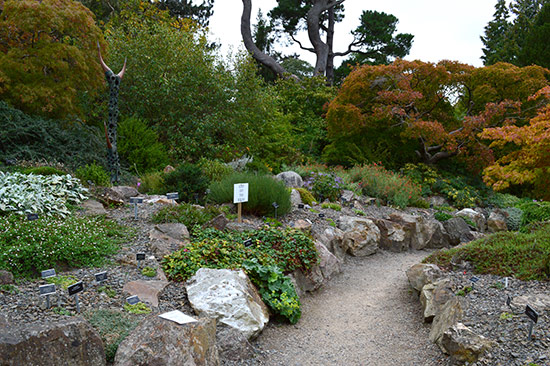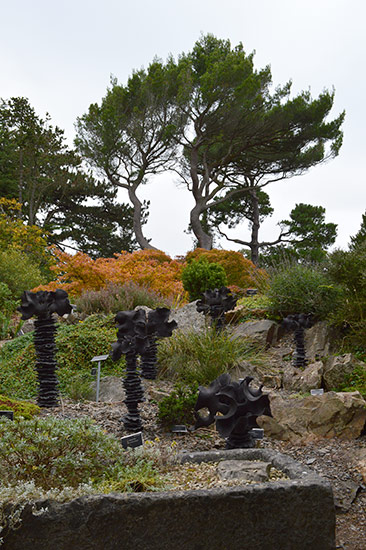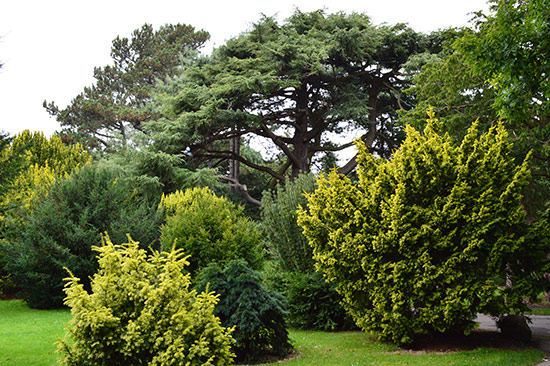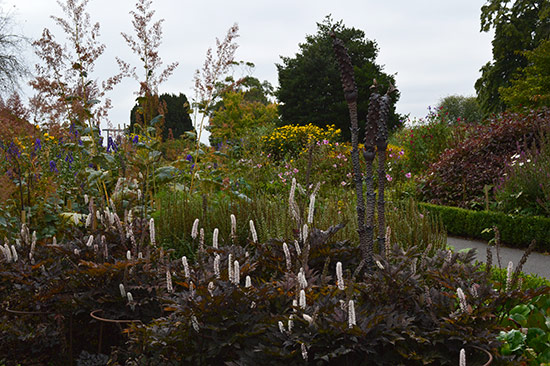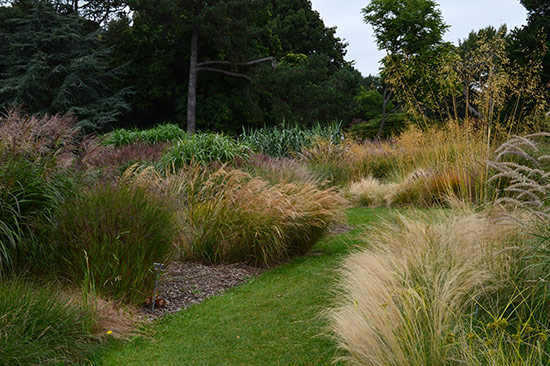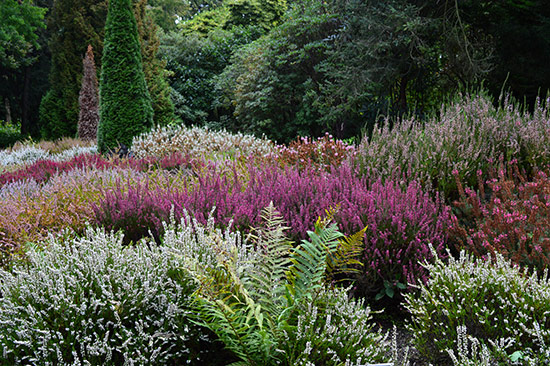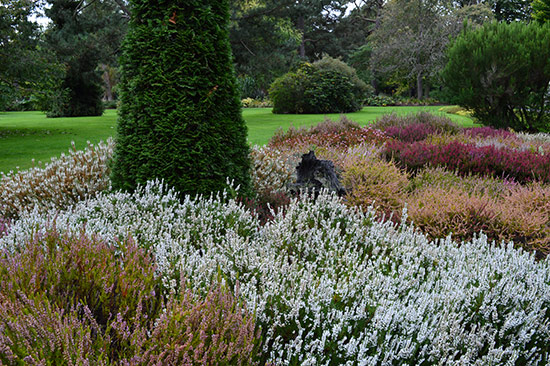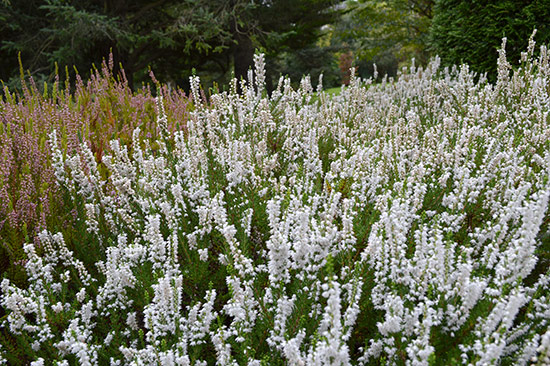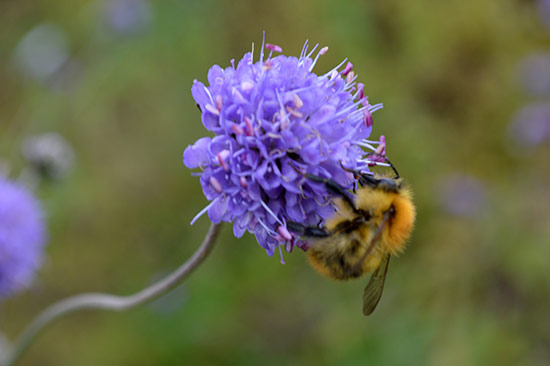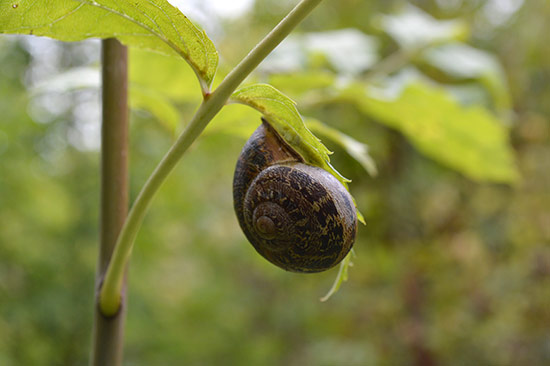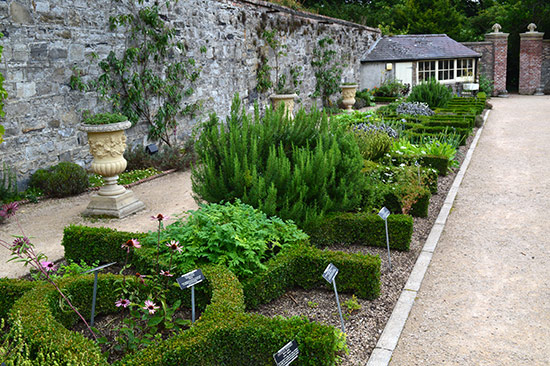Among the many gardens and green spaces we visited while in Ireland, the Other Half and I spent a wonderful morning in the National Botanic Gardens of Ireland. The gardens are located in Glasnevin, a neighbourhood of Dublin, and span 19 hectares (about 47 acres) of land. According to literature provided by the Heritage Service of the Office of Public Works, the gardens were “conceived as a national institution to serve the scientific community and agricultural interests of the country” and “have a distinguished record in the progress of Irish botany and an international reputation in the development and history of horticulture world-wide.” Admission to the garden is free.
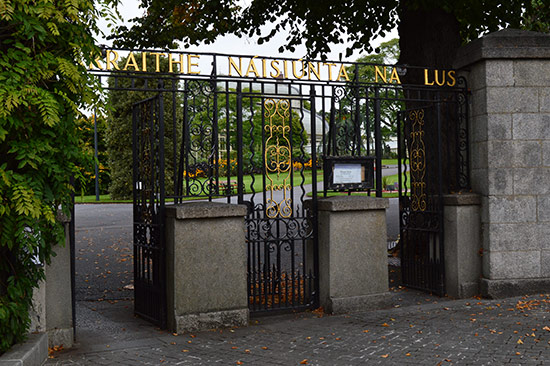
The current collection of plants includes approximately 20,000 species and cultivars. The gardens spanned throughout glass houses and outdoor beds. A rose garden, heather collection, grass garden, holly hedges, rock garden, bog garden, fern garden, herbs and vegetables, rhododendron collection, woodland garden, alpine yard, burren garden, and various groves of trees were just some of the plants growing on the property.
Plant Combinations & Design Ideas
One of the reasons I love visiting botanic gardens is to view examples of plant combinations actually installed and growing in a bed. Most of the plants are mature, so it is easy to walk around them and see the height, form, color, and texture. Also, plants requiring the same soil and light are featured together. Here are just a few of my favorite combos:
The Mighty Trees
“Some of the finest individual specimens in the Botanic Gardens are trees.” I could not agree more. Repeatedly while visiting Ireland’s landscape I was amazed at the truly magnificent trees. It didn’t make a difference if we were in the countryside or in the middle of a manicured, urban setting. They were so huge compared to the area I live. They were so old! The collection was quite impressive, and I was even able to meet a few trees I had not met before. The different colors and textures of bark, leaves, and overall shape of the trees were really interesting.
The Macro View
With a landscaped area of these proportions, it was fun to pull back the camera and take a more macro look at the overall composition and combination of the different plants. This level of design is something I have yet to master as a gardener. Take a look at these lines, colors, shapes, and textures.
Fraoch mór
And it wouldn’t be Ireland without the heather! The heather had reached the height of its blooming period by this time and was beginning to fade. Still it was so dainty and pretty. Here are some additional shots of the heather collection in the gardens.
Garden Fauna
I was able to get a few good pictures of some garden residents. How did that snail make it up into that plant?
Pleasant Surprises
And then there were some parts of the garden that were fun discoveries. We couldn’t make much sense of the map (we believe it may have been outdated), so this led to a lot of wandering around the property. That’s when we’d stumble onto something unexpected. For example, this “Yew Walk” (or Addison Walk) is the last remaining plant installment of the garden’s original planting in 1740.
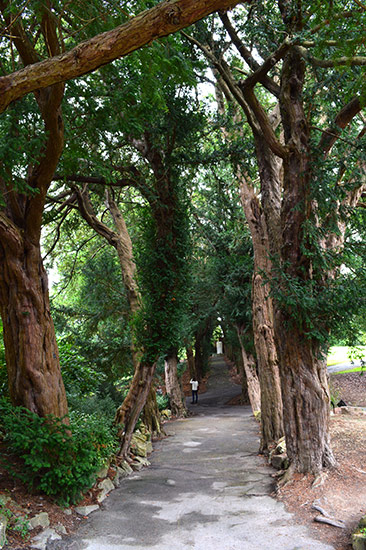 This was a pretty mosaic we spotted up along the path. When drawing nearer, we found it was created with skillfully placed succulents.
This was a pretty mosaic we spotted up along the path. When drawing nearer, we found it was created with skillfully placed succulents.
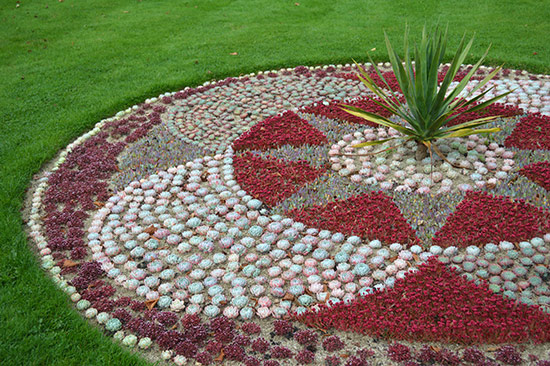
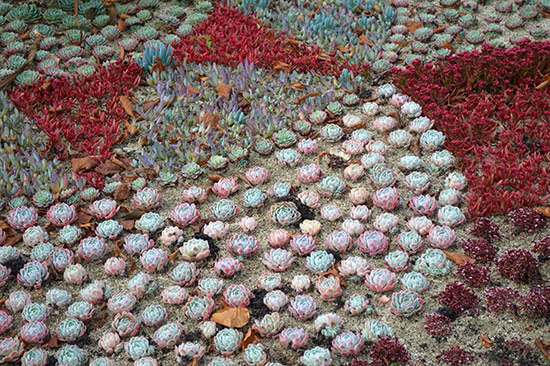 This old wisteria had been trained along metal poles and chains to grow together and create a type of tent or gazebo covering. I would love to be here when it is in bloom.
This old wisteria had been trained along metal poles and chains to grow together and create a type of tent or gazebo covering. I would love to be here when it is in bloom.
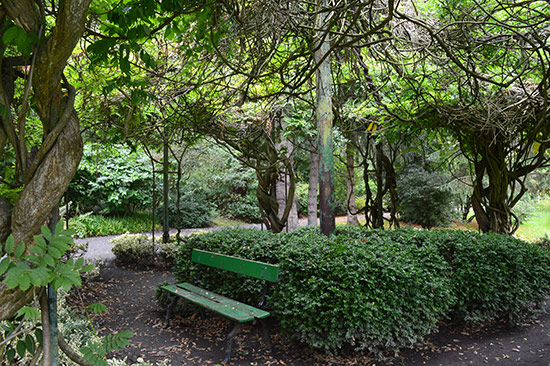 These nasturtiums were ridiculously huge and happy next to the veggie garden’s compost demonstration area.
These nasturtiums were ridiculously huge and happy next to the veggie garden’s compost demonstration area.
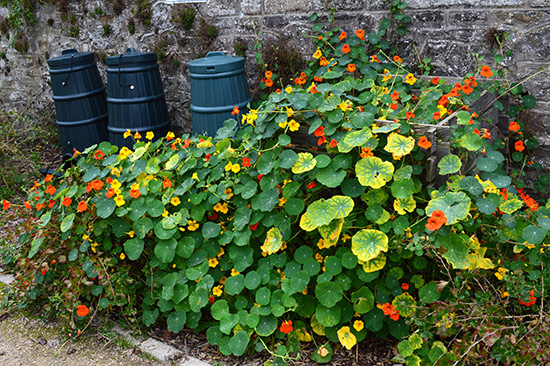 Also in the veggie garden area was this fun herb garden. Each plant had its place in this sculpted hedge.
Also in the veggie garden area was this fun herb garden. Each plant had its place in this sculpted hedge.
